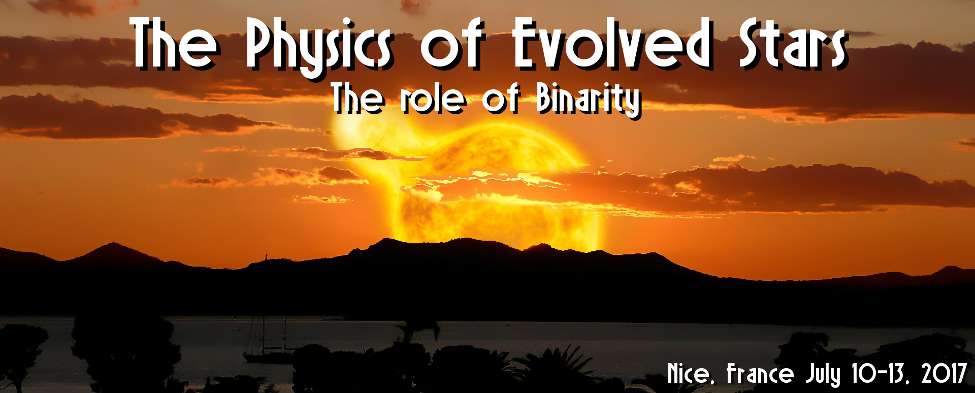We present a tomographic method allowing to recover the velocity field at different optical depths in a stellar atmosphere. It is based on the computation of the contribution function to identify the depth of formation of spectral lines in order to construct numerical masks probing different optical depths. These masks are cross-correlated with observed spectra to extract information about the average shape of lines forming at a given optical depth and to derive the velocity field. We apply this method to red supergiant atmospheres and compare to existing 3D dynamical simulations of stellar convection. The detection of binarity in Mira stars is also explored through the tomographic method. The pulsations of these objects cause radial velocity variations, making the detection of binarity challenging. The cross-correlation of masks probing the deepest atmospheric layers (less affected by pulsations) with observed Mira spectra will potentially help to detect the binarity of Miras.

|
|
|
|
Tomographic method and its application to the detection of binarity.
1 : Université Libre de Bruxelles - ULB (BELGIUM)
2 : Observatoire de la Cote d'Azur
(OCA)
-
Website
CNRS : UMS2202
B.P. 4229 06304 Nice Cedex 4 -
France
|
| Online user: 1 | RSS Feed |

|
 PDF version
PDF version